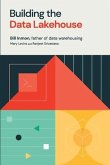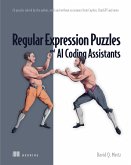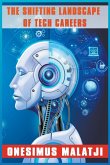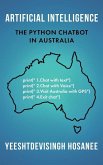Data warehouses and data lakes each evolved to meet a set of specific technology and business needs and values. As organizations often need both, there has been increasing demand for convergence of both technologies. Thus, the lakehouse was born. A lakehouse couples the cost benefits and versatility of data lakes with the data structure and high-performance data management capabilities of data warehouses into a single unified data store that can be consistently and efficiently accessed, governed, analyzed and consumed by AI applications. Lakehouses are designed to help organizations get more from their existing investment in data warehouses and data lakes. It supports the existence of both through access to and management of a larger variety of combined data for increased flexibility, enhancing business intelligence and AI initiatives by revealing deeper insights into an organization's data estates. This book is intended for technical communities, such as developers, data scientists, and C-level IT executives, as well as business communities, such as business managers requiring self-service analytics / AI, and C-level business executives.








